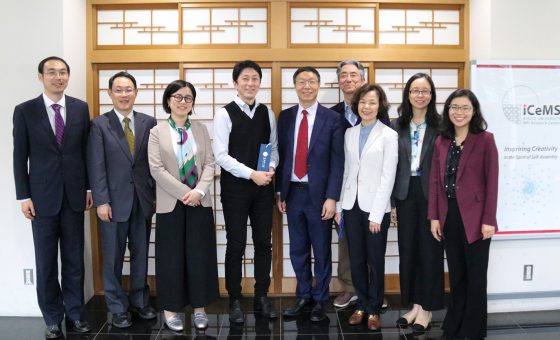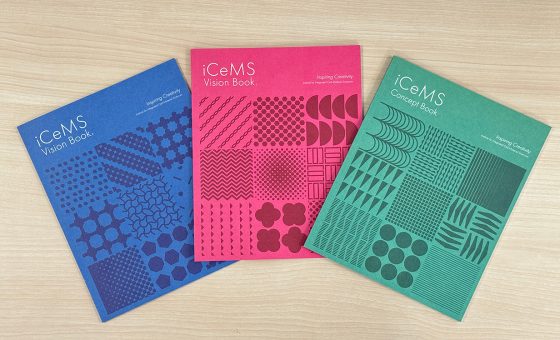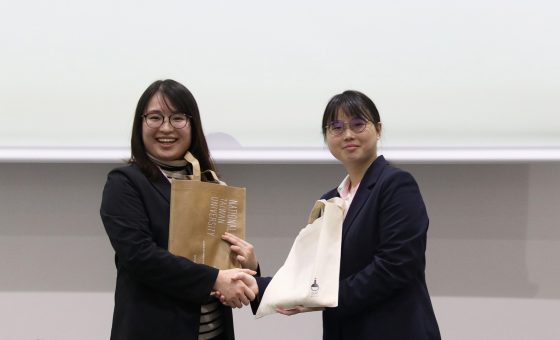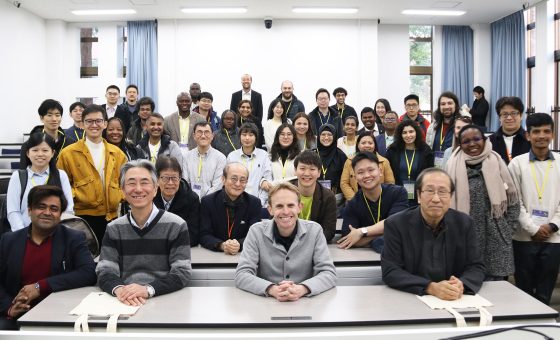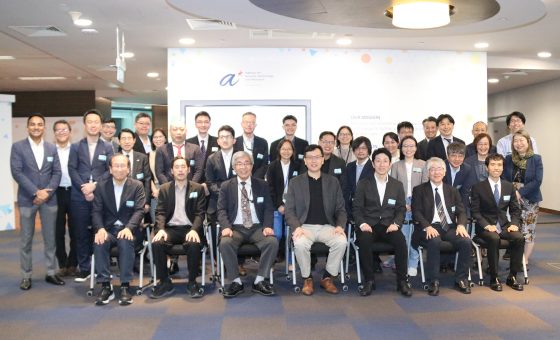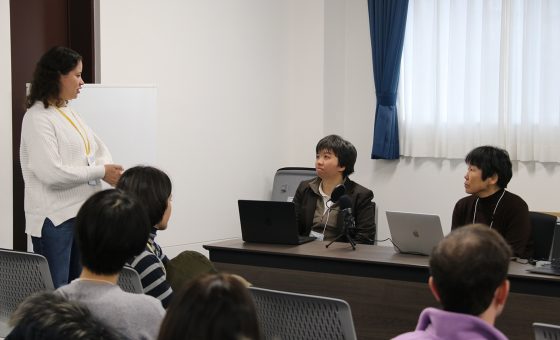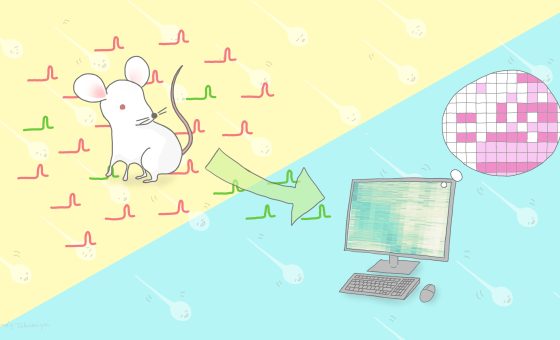New fluorescent probes help solve cell membrane mystery
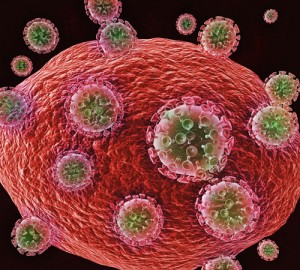
Scientists have developed new fluorescent probes that prove the existence of “raft domains” in the live cell membrane — opening new possibilities to study how toxins and viruses invade cells.
Scientists from Japan, India and the U.S. have observed raft domains — active sections of the cell membrane with special groups of molecules — in live cells for the first time. Their findings will be published this week in Nature Chemical Biology.
“The existence of special membrane domains, called raft domains, has been assumed for over 25 years, but was never found to actually occur in living cells,” said Dr Naoko Komura of Gifu University, the first author of the paper.
To solve this enigma, the team decided to look at the behaviours of gangliosides. Gangliosides are lipid molecules that were proposed to play key roles in numerous biological processes, including the formation of raft domains, the entry of toxins into cells and chemical signal reception.
However, scientists only vaguely understood how gangliosides work because, until now, they lacked probes that accurately track ganglioside movements. Previous analogs failed because they could not mimic the behaviours of native gangliosides even in artificial model systems.
Instead of just attaching a fluorescent marker to a ganglioside, the team chemically synthesized four whole gangliosides with fluorescent markers attached at specific locations.
Using these new fluorescent analogs, combined with unique high-definition, single fluorescent-molecule imaging, the team was able to directly document specific ganglioside actions in a living cell for the first time.
They observed how gangliosides form raft domains with cholesterol and a protein, called CD59, which belongs to a special class of receptor proteins, called GPI-anchored receptors. It turns out these molecules interact transiently for only tens of milliseconds (1/100-1/20 of a second) to form a raft domain, and then quickly move to the next task. That’s why no one could observe raft domains in real cells before.
“Such dynamic behaviours were difficult to find using normal techniques, and our findings were made possible by single-molecule tracking of new fluorescent ganglioside probes,” said Kenichi Suzuki of the Institute for Integrated Cell-Material Sciences (WPI-iCeMS) and the paper’s co-author. “Our findings established the concept of dynamic raft domains: their constituent molecules assemble to form raft domains, do their jobs within several tens of milliseconds, and then move away for the next assembly to perform the next task.”
Now, researchers can begin to investigate further how toxins, bacteria and viruses invade cells through these raft domains.

This work was supported in part by Grants-in-Aid for scientific research from the Japan Society for the Promotion of Science, Grants-in-Aid for Innovative Areas from the Ministry of Education, Culture, Sports, Science and Technology (MEXT) of Japan, a grant from Core Research for Evolutional Science and Technology (CREST project of “Creation of Fundamental Technologies for Understanding and Control of Biosystem Dynamics) of Japan Science and Technology Agency (JST), and a grant awarded by NIH. WPI-iCeMS of Kyoto University is supported by the World Premiere Research Center Initiative (WPI) of the MEXT.
Publication Information
Naoko Komura, Kenichi G N Suzuki, Hiromune Ando, Miku Konishi, Machi Koikeda, Akihiro Imamura, Rahul Chadda, Takahiro K Fujiwara, Hisae Tsuboi, Ren Sheng, Wonhwa Cho, Koichi Furukawa, Keiko Furukawa, Yoshio Yamauchi, Hideharu Ishida, Akihiro Kusumi*, & Makoto Kiso*
*Corresponding author
Nature Chemical Biology | Published Online 4 April 2016
doi: 10.1038/nchembio.2059

